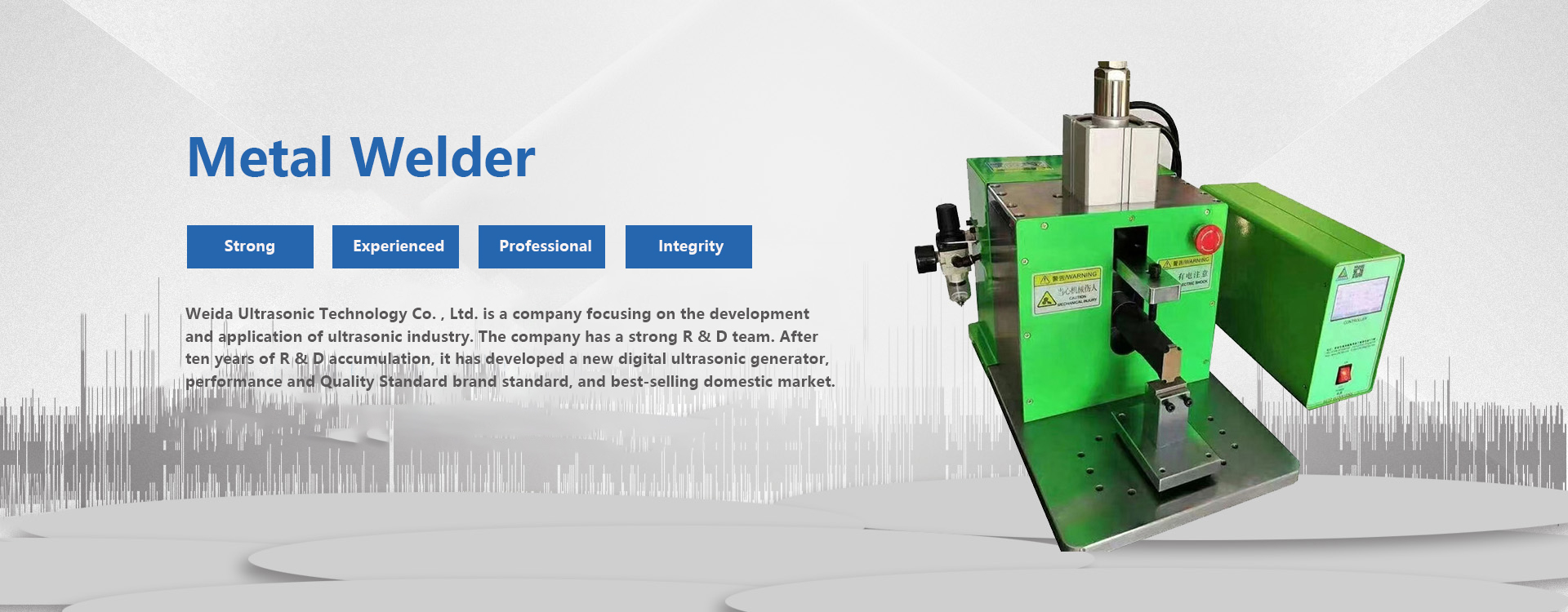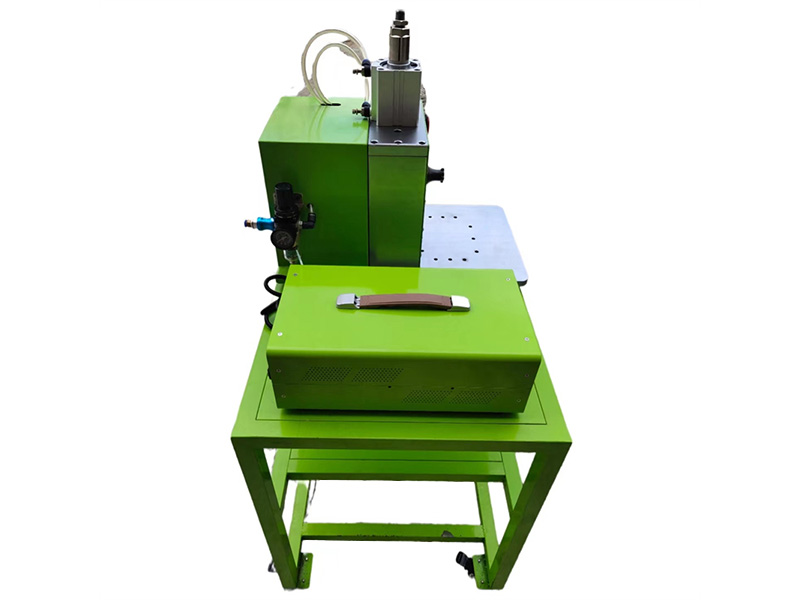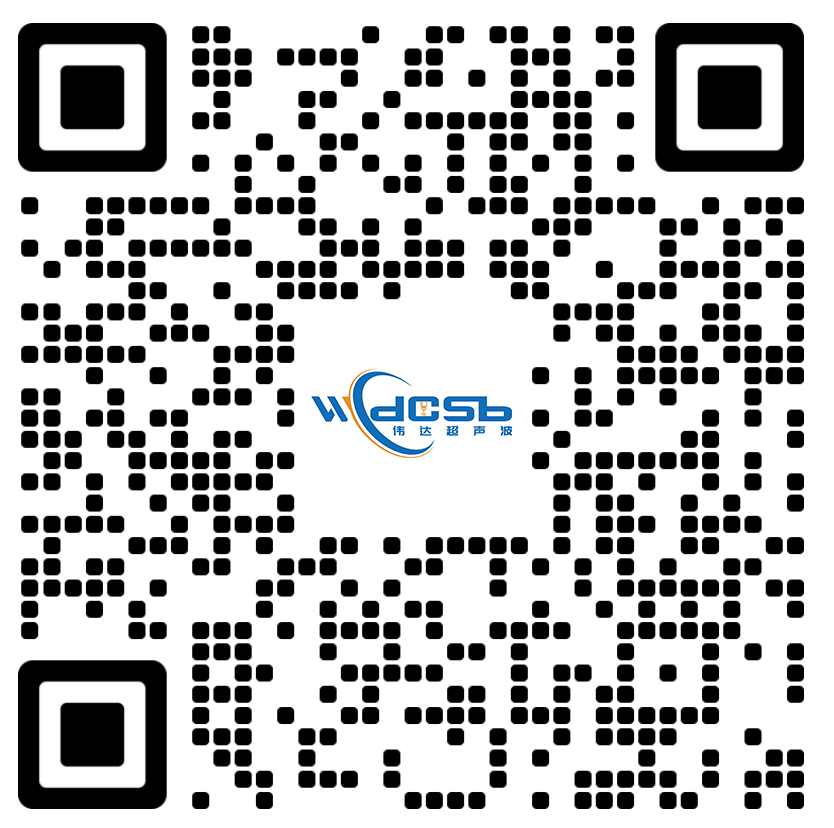What parameters are adjusted, tested and analyzed in automotive wire harness welding?
Adjustable, detection parameters: amplitude, pressure, welding time, welding energy, welding height, welding width pressure: the larger the cross-sectional area, the higher the welding pressure. Good equipment is digitally controlled by electrical proportional valves. Welding width: According to IPC standard and German Volkswagen standard VW60307-CN-2005, the knot width ratio is between 1:1 and 2:1. The larger the cross-sectional area, the closer the knot width is to 2:1. So when we get a wire harness product, first of all according to this rule Ken
Fixed welding width, and then according to the width of the approximate welding height, the quality welding machine is through the stepper motor or the same motor to adjust the welding width.
Welding time and welding energy should be determined according to the cross-sectional area of the welding line. The height parameter is an important analysis parameter: when we confirm the welding width, according to the previous analysis, the height value can be calculated, divided into the height before welding and the height after welding, as whether the line is missing before welding and whether the welding is good evaluation criteria. Quality analysis, mainly refers to the high discrimination, of course, welding energy consumption and time can be used as additional constraint parameters to see whether it can exceed the range. Common practice: Set a height value (can be calculated to be judged as unqualified. This is true before coal and after welding. And theoretical test welding resolution),
And then set the propensity value when the high propensity goes out of range
Automotive wire harness welding methods: crimping and ultrasonic welding
The current consumption process of automotive wire harness welding is mainly crimping and ultrasonic brilliant joint: crimping is the application of terminals to multiple strands of wire together to form a joint: ultrasonic burying is the physical effect generated by ultrasonic vibration will separate the wire end, ultrasonic application of dry automotive wire harness coal consumption, earlier than Europe and the United States began to flourish, mainly due to the development of foreign ultrasonic metal media technology. Comparison of two welding technologies:
(I)
Advantages: fast consumption speed; The equipment is simple.
Defects: Metal stamping has the risk of rebound; There are risks of oxidation and rust under harsh conditions, all of which can lead to poor contact.
(2) Ultrasonic welding
Advantages: Strong electrical connection characteristics (zero resistance); Insensitivity to the risk of oxidation and rust under harsh conditions
Defects: Expensive equipment; Cost parts are also more expensive.


 中文(简体)
中文(简体) 


 Wechat
Wechat